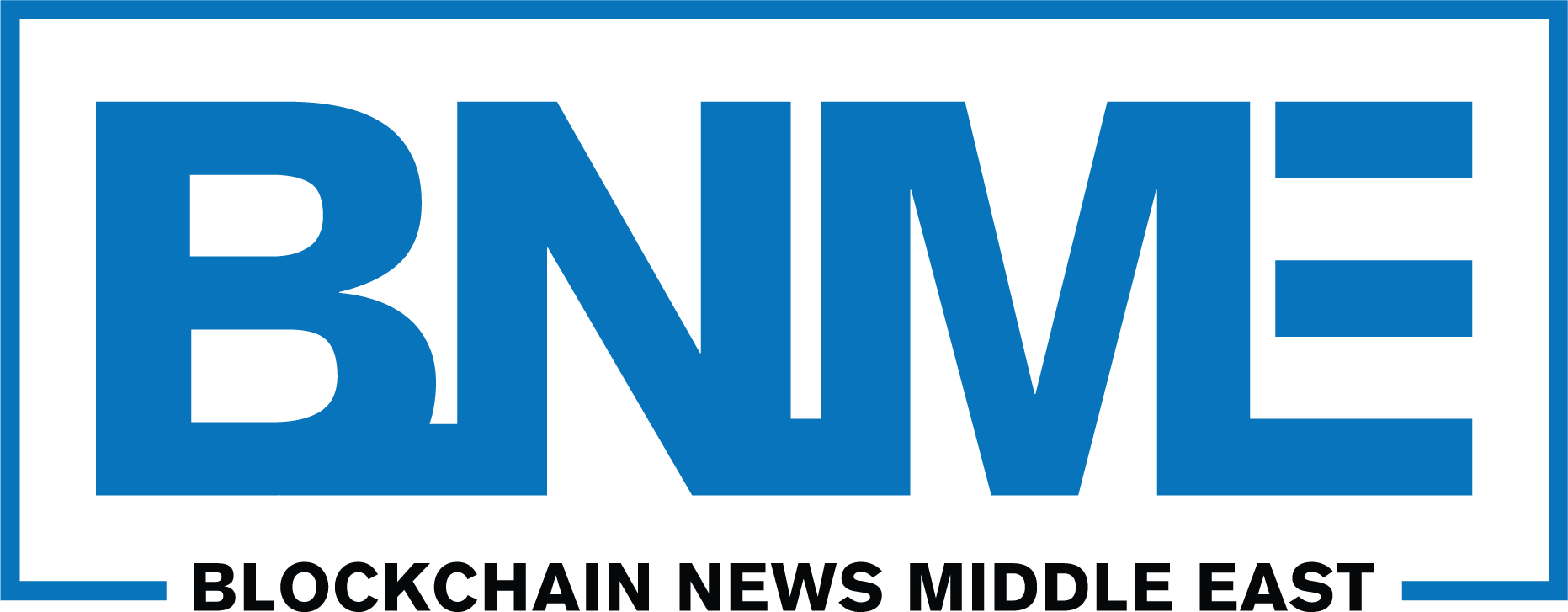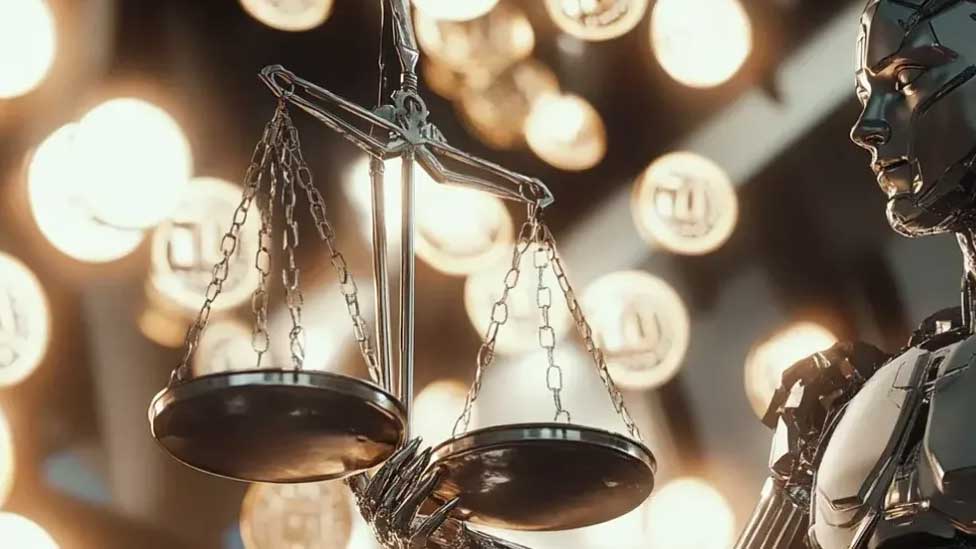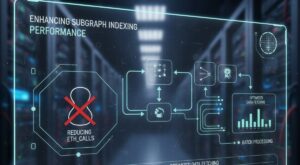As artificial intelligence becomes increasingly autonomous, a critical shift is taking place — one that moves AI from a supportive role to an independent actor capable of making and executing decisions. This evolution, while transformative, comes with serious challenges. Society’s original bargain with AI was simple: machines assist, but humans remain responsible. That arrangement no longer holds. Agentic AI, capable of modifying records, publishing content, or even transferring funds, is blurring accountability lines. If these systems are to function safely, they must operate under a new framework — one grounded in verifiable identity, immutable records, and blockchain-level transparency.
Accountability in the Age of Autonomy
The rise of agentic AI shifts risk from humans to machines. When an AI agent can initiate financial transactions or publish information online, it doesn’t just optimize processes — it accumulates liabilities. Mistakes are no longer theoretical; they can have real financial, reputational, and legal consequences.
This is why “governance by engineering” is essential. Ethical principles and corporate policies alone cannot guarantee accountability once decisions are automated. Instead, systems must be designed to enforce compliance through cryptography, digital signatures, and immutable ledgers. In other words, trust must be built into the system’s architecture, not left to human oversight.
When a trade fails or a deepfake goes viral, screenshots or Slack logs won’t suffice for investigation. What’s needed is cryptographic provenance — a continuous, verifiable record that traces every input and output from the moment data is captured to the point where an action is executed. Provenance isn’t a buzzword; it’s the backbone of digital accountability.
Beyond Usernames: The Case for Verifiable Identities
In today’s internet, humans identify themselves with usernames and passwords. That may work for social networks, but it’s dangerously inadequate for autonomous agents. An AI that can buy, sell, or publish needs something stronger — a verifiable digital identity that proves who or what it is, what permissions it has, and on whose behalf it operates.
This is where W3C Verifiable Credentials (VCs) 2.0 come in. The global standard allows attributes such as roles, authorizations, or reputations to be cryptographically linked to a digital entity. Paired with smart-account key management, such credentials would let AI agents “present their ID” before performing any action.
Think of it as a digital passport for autonomous systems. Instead of relying on usernames or API tokens, agents would operate with cryptographic proofs — transparent and traceable across blockchains and services. These credentials would follow the agent wherever it goes, ensuring that its actions remain accountable under verifiable authority.
The need for such a system is already evident. Over 70% of AI training datasets show issues with licensing or attribution. If the industry struggles to maintain proper provenance for static data, how can it expect regulators to trust dynamic, real-time AI actions that leave no verifiable trace?
Signed Inputs and Outputs: Building a Chain of Trust
Every AI decision begins with an input and ends with an output. Both stages must be verifiable. Without signed data, agents are vulnerable to manipulation — inputs can be forged, stripped of context, or tampered with mid-process.
The Coalition for Content Provenance and Authenticity (C2PA) standard addresses this by cryptographically signing digital media, ensuring that every image, video, or document carries an embedded chain of custody. Tech giants such as Google and Adobe have already embraced content credentials, embedding provenance directly into search results and creative tools.
Applying this principle beyond media — to structured data, API responses, and decision-making — would enable full accountability. When each response is signed, and every action time-stamped, investigators can later reconstruct what happened with mathematical precision. Without such a chain of trust, post-incident forensics devolve into speculation. With it, accountability becomes measurable, objective, and reproducible.
From Black Boxes to Glass Boxes
Traditional AI operates as a “black box,” opaque and untraceable. Blockchain changes that. By anchoring AI operations to on-chain or permission-chained logs, developers can create a “glass box” — a transparent record of every action, input, and decision.
This verifiable audit trail provides an “audit spine” that investigators, partners, and regulators can query at any time. They can replay agent behavior, confirm authenticity, and verify compliance dynamically rather than retroactively.
Such transparency isn’t just good ethics — it’s good business. Organizations that can prove their AI systems follow lawful data practices and verifiable processes will face fewer regulatory hurdles and enjoy greater trust from customers and partners. Those operating with opaque systems will find themselves under constant scrutiny or even excluded from certain markets.
Provability Is the New Currency
The next era of AI will split the ecosystem in two: verifiable agents that can prove their actions and data integrity, and opaque agents that cannot. Only the former will be allowed to operate in regulated or high-trust environments such as finance, healthcare, and government systems.
Providers capable of demonstrating data provenance, process integrity, and compliant behavior will gain smoother market access and faster adoption. Regulators will reward provable transparency, while unverified systems will face increasing isolation.
Agentic AI will only be welcome where it can prove itself. Blockchain provides the framework to make that possible — through verifiable identities, signed transactions, and immutable logs.
Those designing AI today must think beyond performance and accuracy. The real differentiator will be provability — the ability to show what the system did, why it did it, and under whose authority.
In the future of AI, transparency isn’t a feature. It’s the ticket to participate in trusted digital markets. Those who design for integrity and verification now will define the standard for interoperable intelligence. Those who ignore it will be left behind — locked out of the networks and opportunities that define the next generation of AI.




























